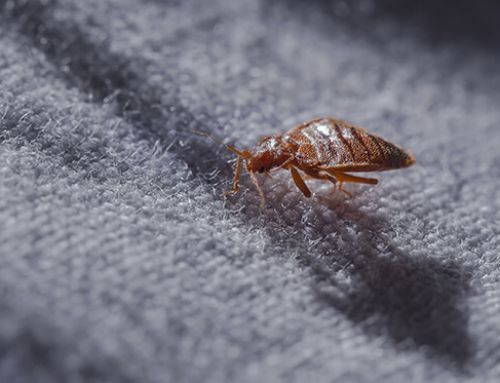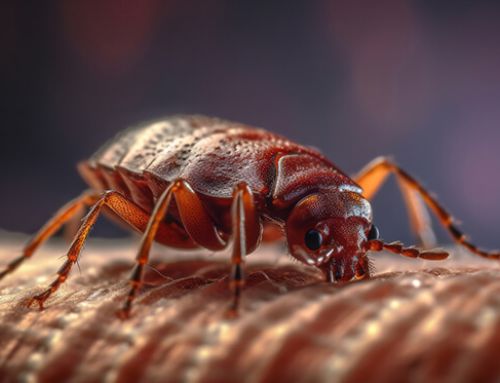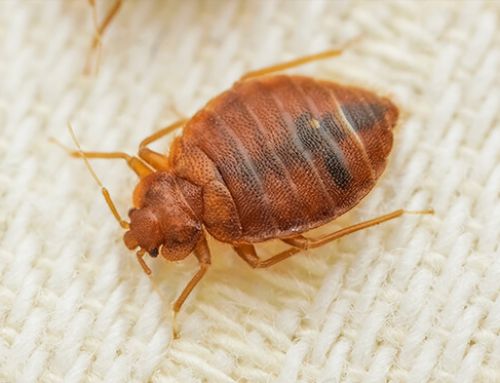We all are aware of the recent bedbug epidemic. These “hitchhikers” of the bug world can be hard to spot and can sometimes be mistaken for carpet beetles. It’s important to properly identify and know the best way to treat them before they become widespread throughout your home.
The following information will provide four important facts about bedbugs to help you identify and locate, and then eradicate them for good. Below are four distinct ways to determine if you have bedbugs:
1. Reddish stains on bed sheets, mattress or furniture from crushed bedbugs
2. Dark and tiny spots from bedbug excrement
3. Skins sheds which are typically pale yellow in color
4. Visible live bedbugs
Remember, bedbugs travel. Don’t let the name fool you, look other places too. Here are four locations you could spot bedbugs:
1. Seams of the mattress, between the box spring and the mattress
2. Seams of couches, between cushions, in folds of curtains
3. Under loose wallpaper and wall hangings
4. Loose electrical outlet covers
This alone should make you want to immediately treat your home: four feeding habits of bedbugs.
1. Mostly on humans, but will migrate toward other hosts like family pets
2. Will travel up to 20 feet from their hiding place to feed
3. Primarily nocturnal, however if motivated, will come out in daylight
4. Feeding takes approximately three to twelve minutes
The severity of the infestation can depend on how quickly you can stop this cycle. Here are four steps to the life cycle of bedbugs:
1. From egg to reproductive age, it may take only four to five weeks
2. There are six stages of a bedbug so in order to evolve to the next stage, they require only one blood meal
3. For a mature bedbug to reproduce, both the male and female must feed at least once every 14 days
4. The lifespan of a bedbug is six to twelve months and a female can lay one to three eggs per day



